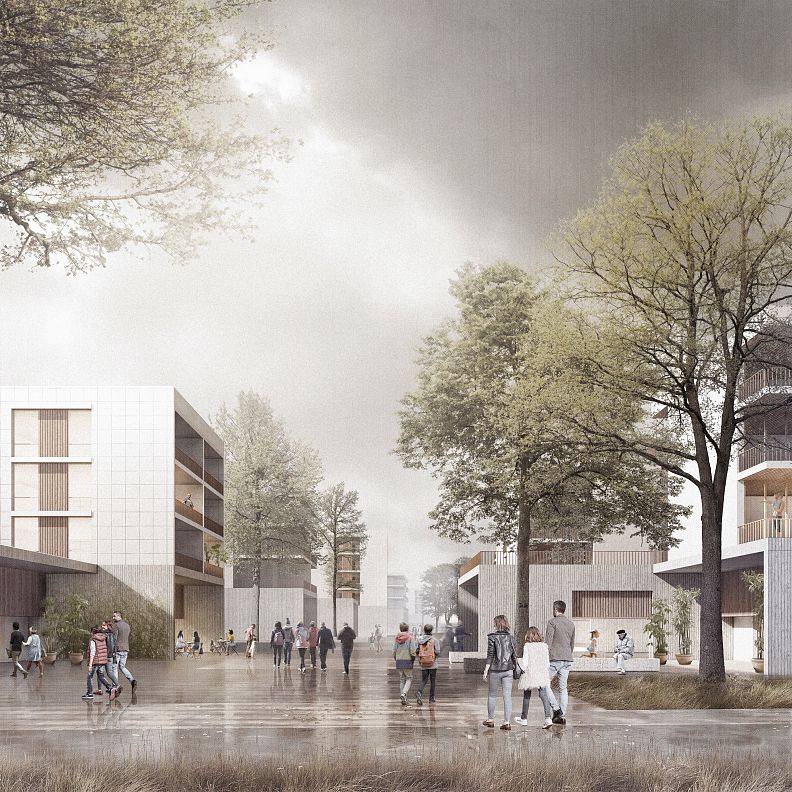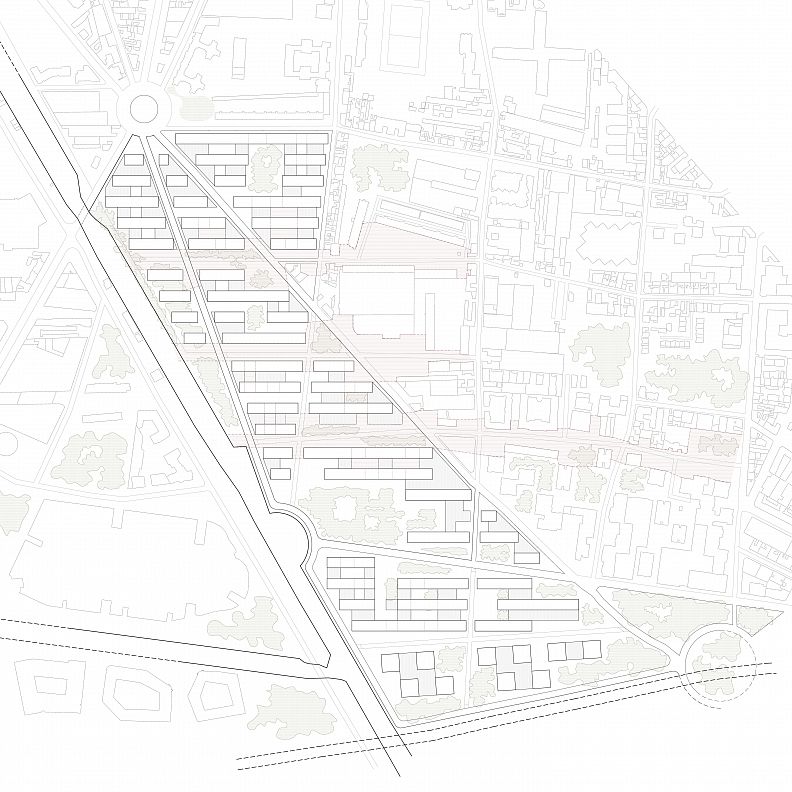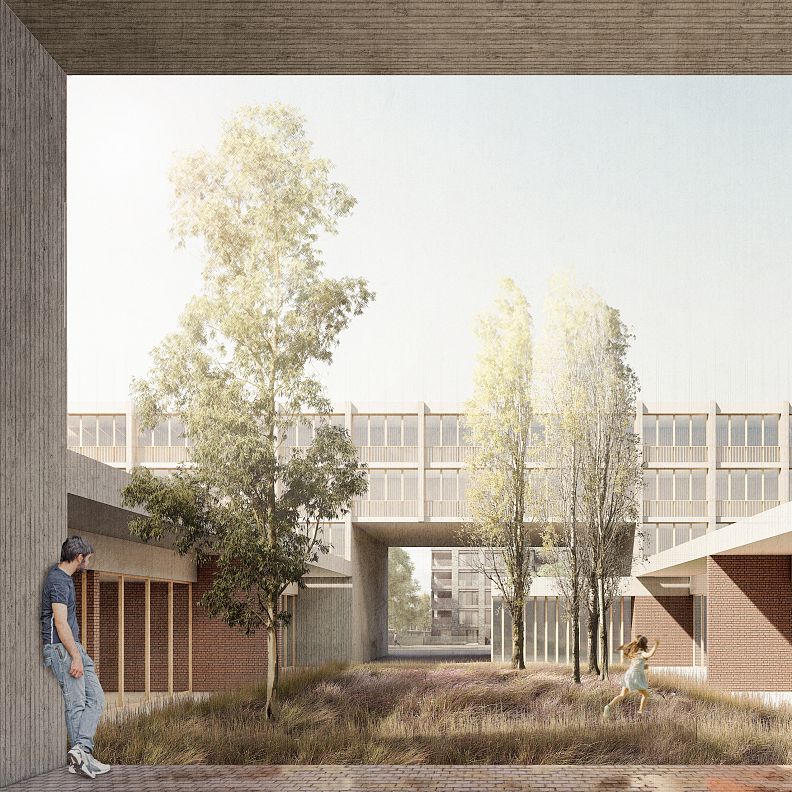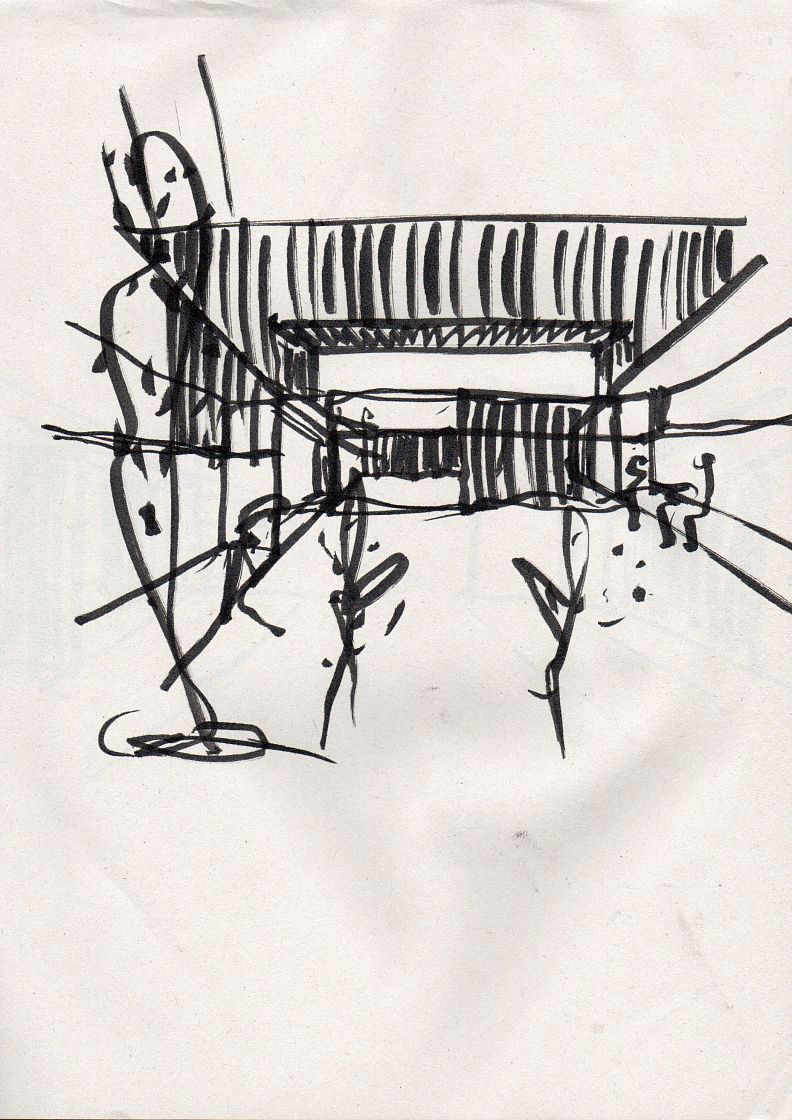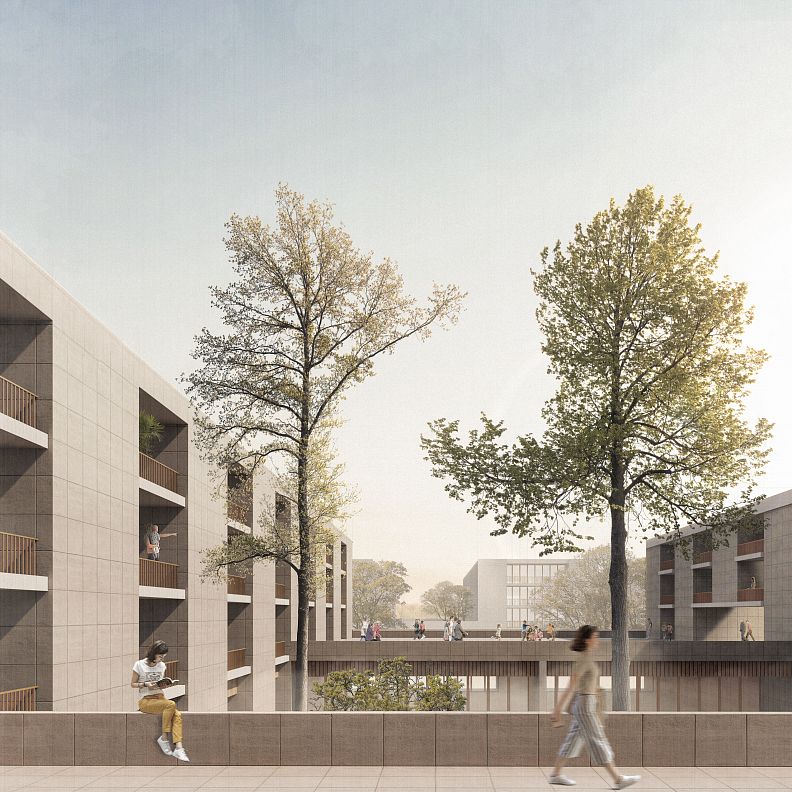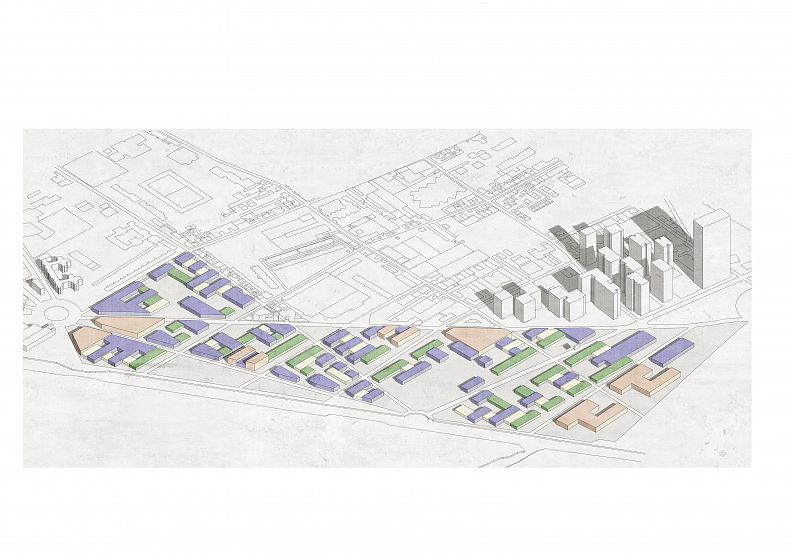Post-Hausmann

Idea projektu
the exercise in question is based primarily on understanding where we stand.
The whole proposal aims to be very aware of where you are and each point is being studied in order to fit into the place.
Each of the current pathways and conditions that define and characterize them are studied historically. In this way, we aim to get an overview of the importance of certain aspects that could a priori go unnoticed.
The project, during its development, is receiving constant touches of personal experiences and experiences in the city of Paris. Self-made photographs try to explain the sensations caused by the elements that define the city.
A proposal that a priori could generate reluctant feelings towards it, we believe that it is a way to provoke a rethinking towards the critique that has been made of the city model that Hausmann devised in the 19th century.
I think that accentuating the romanticism towards the classic city but rethinking it in a fully contemporary way is what has built the project as it is. This is what has allowed us to project an area within the city described as the city of love.
Popis projektu
Context:
The area of intervention is located north of the city of Paris, the capital of France. The project is specifically on the border between the capital itself and Saint Denis. It has an artificial branch of the Loire that used to allow water to be transported throughout the city. and has an industrial character which characterizes it.
Post Hausmann:
Working on a pattern that has always been observed with a magnifying glass, criticized and praised is quite a challenge. Therefore, the proposal consists of a city model that accepts the place as it is and re-invents it in order to highlight the characteristics of the area.
Paris is a city that has always worked with two structures. The vertical, which connects the city center with the nearby towns and the horizontal, which connects the exempt localities of the central city as a "belt". These two converge in points of centrality in which they collide.
The character of the void
The building that makes up the immediate environment of the area of intervention is diverse. From longitudinal buildings with height to extensive ground floors or even small ground floor buildings + 1 / + 2 where all kinds of shops are located at street level.
All this mess follows some patterns. Identifying these patterns is based on understanding the nature of the pathways and their origins.
On the vertical axes and, therefore, those that formerly communicated directly with the city of Paris, is the small building, of low heights and with a great variety of domestic recesses fruit of the adaptation of the space by of the inhabitants.
On the horizontal axes, on the other hand, we find multiple building typologies as a result of the different needs of the place. In general, due to the relatively large size of the islands, residential buildings are located on the boundaries of these islands. Usually in the shape of a parallelepiped, they create a large facade facing the street. On the other hand, in the inner slope of the islands we find lower buildings and often for industrial use.
The mixture of these different typologies creates multiple interstitial spaces, many of which are wasted.
The proposed building understands this complexity and extends the character of each of the roads through its shape and void.
From small-scale recesses in the vertical axes to large open spaces on the street in the transverse axes. Providing these routes with entrances and interstitial spaces between volumes that favor their quality.
2 levels - 2 speeds
The scope of action originally had a particular industrial character. Low-rise, high-light buildings that ran from east to west and created visual permeability to the river. This effect was not entirely clear, as there were no passageways in the interstitial space between them to gain access to the river. To maintain this peculiarity that endowed the site previously, the building of the proposal consists of two pieces:
A plinth located in the same direction as the original industrial buildings, these will be the ones in charge of generating city, the commercial accesses to the houses will be located there and the public activities will be carried out.
The others will be high-rise buildings, which will refer to existing buildings. These will follow a modular system of pieces of 15m of light where they will be placed in height most of the residential use.
Technické informace
All the pavements and materials of public space had been chosen looking up to the diferents elements that compose the city of Paris.
